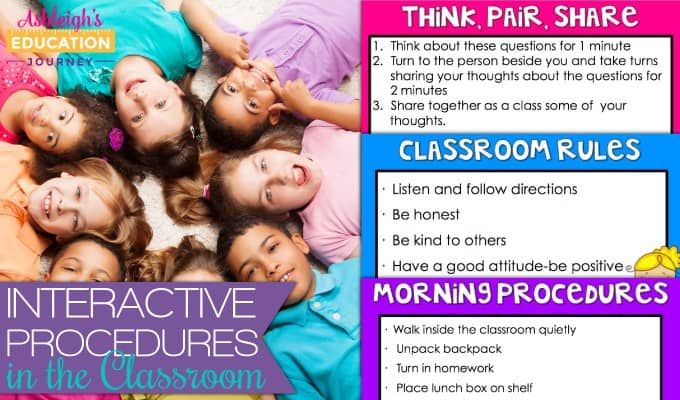
I’ve always taught upper elementary, but I did most of my college field experience with younger students. In fact, I had a 15 week internship in first grade, which I fell in love with. I had the great fortune of working with one of the, if not THE, best teacher I’ve ever known. Her classroom management style appeared to be so effortless, and her classroom ran smoothly every single day. During my first block with her, I thought maybe she just had a great class or maybe she was magic…who knew?
I did my student teaching in the fall semester, so I was able to work with her during inservice and on the first days of school. I always knew that I should teach procedures, but I had never seen procedures taught until that experience. She taught me that for my classroom to run efficiently I had to teach students how to behave in any setting or situation they will be in during the year. I went from wondering if it was really necessary to practice pushing in chairs and lining up to implementing her same strategies 13 years later in third and fourth grade classrooms.
The past several years, I used a procedures PowerPoint as a guide in introducing classroom procedures. I would always have my students sit on our rug, and we’d go through each slide together.
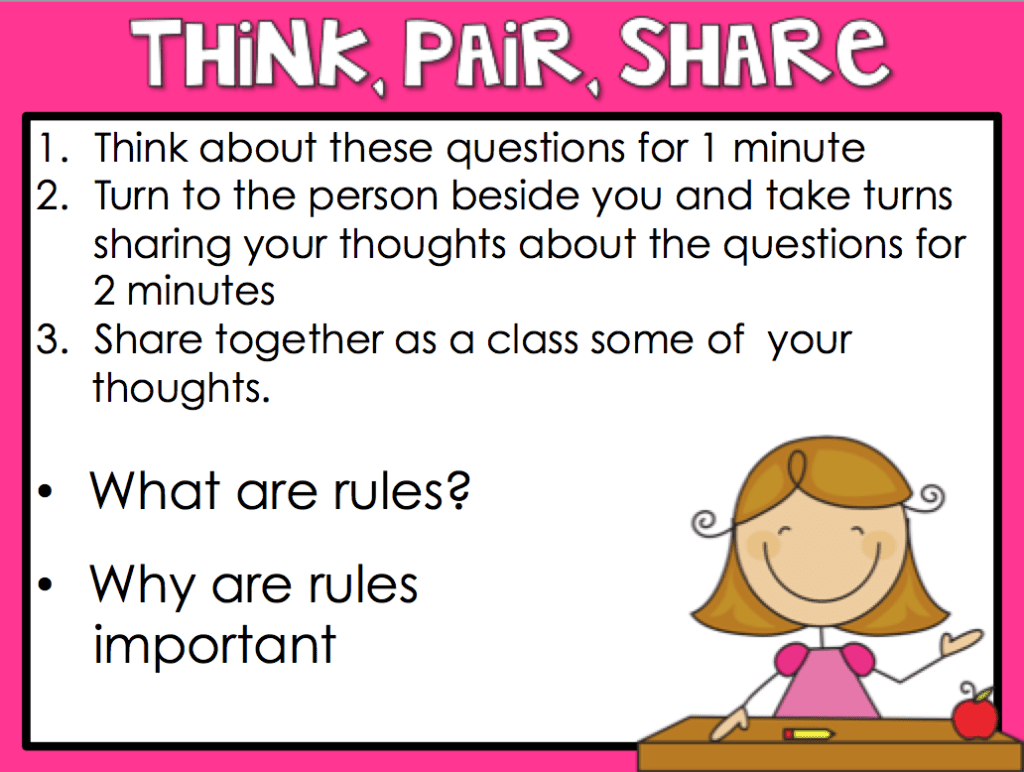
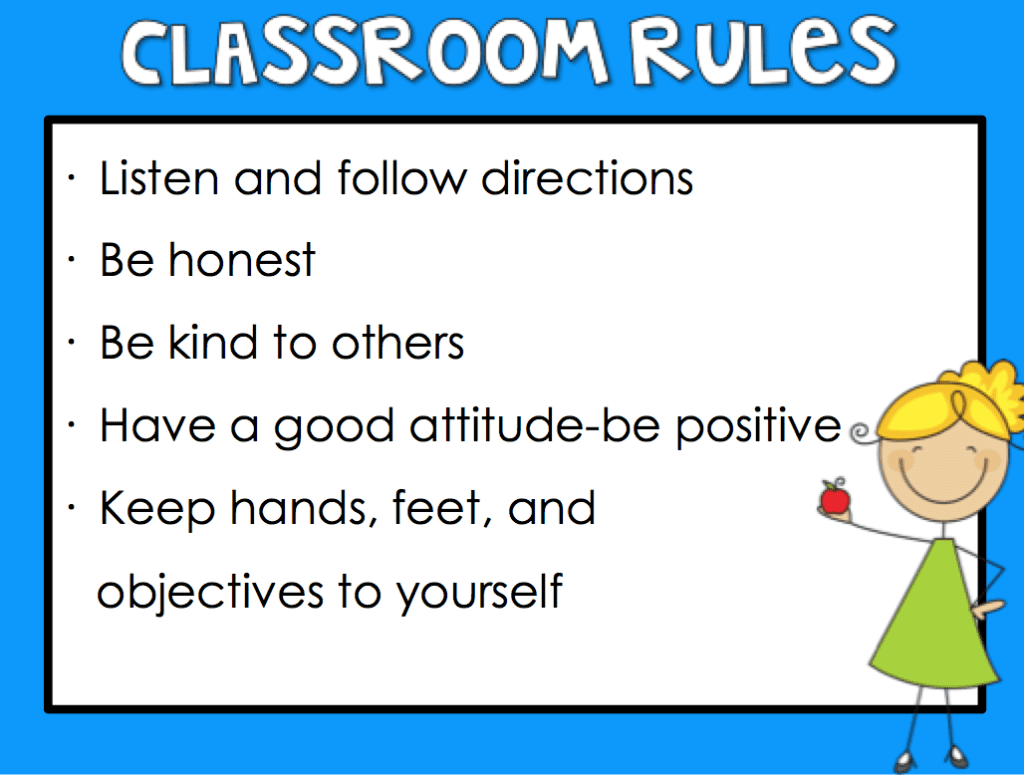
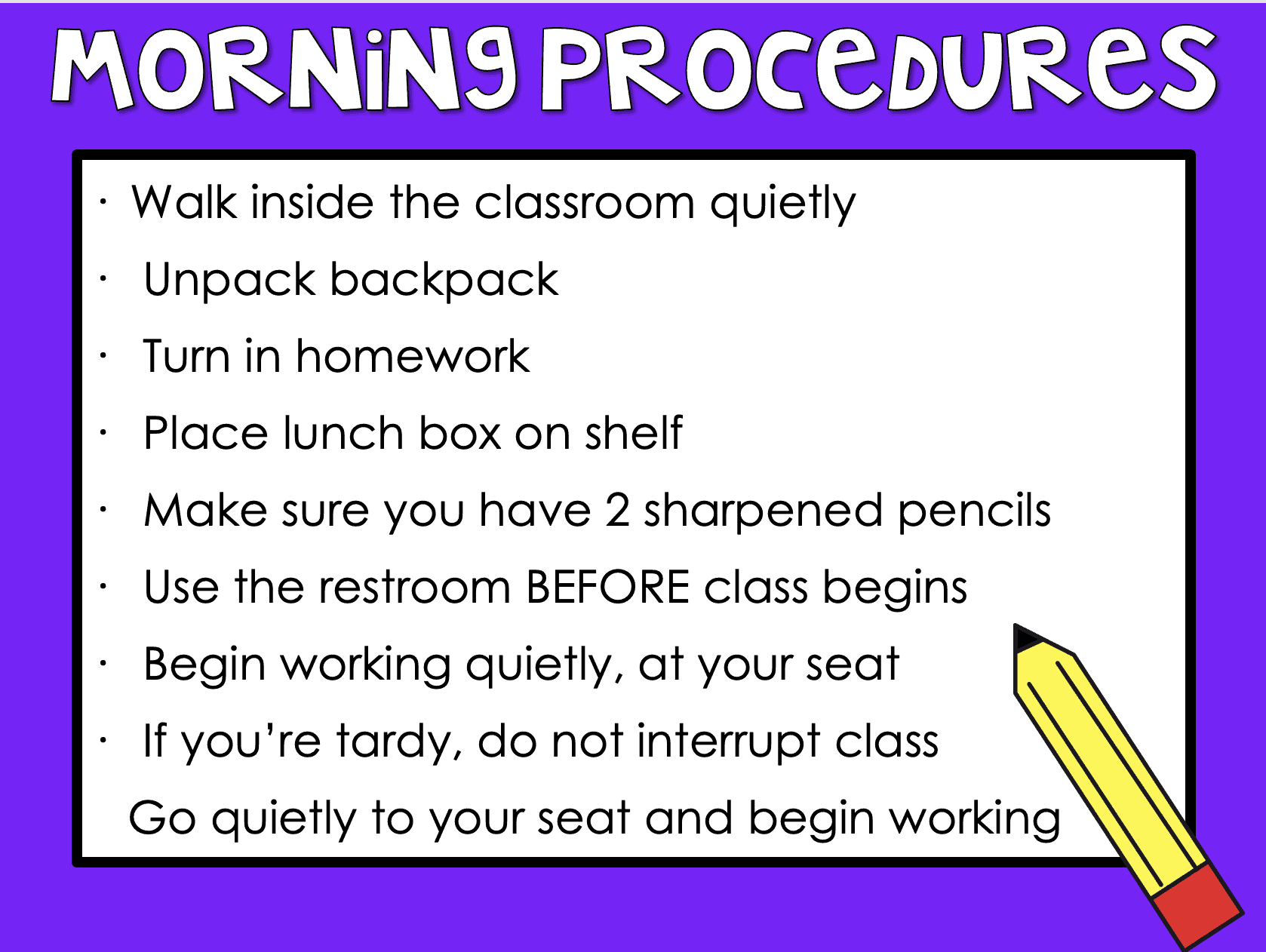
I’ve included the Procedures PowerPoint on TpT! There are 20 slides and two different versions of the slides. Since all classroom ares different, I was sure to include an editable version of the slides.
When my class size started to increase, I had some trouble positioning students so that everyone could see the PowerPoint, so I started using a class procedures booklet. Every year I make tweaks to my booklet to match my current expectations for the year.
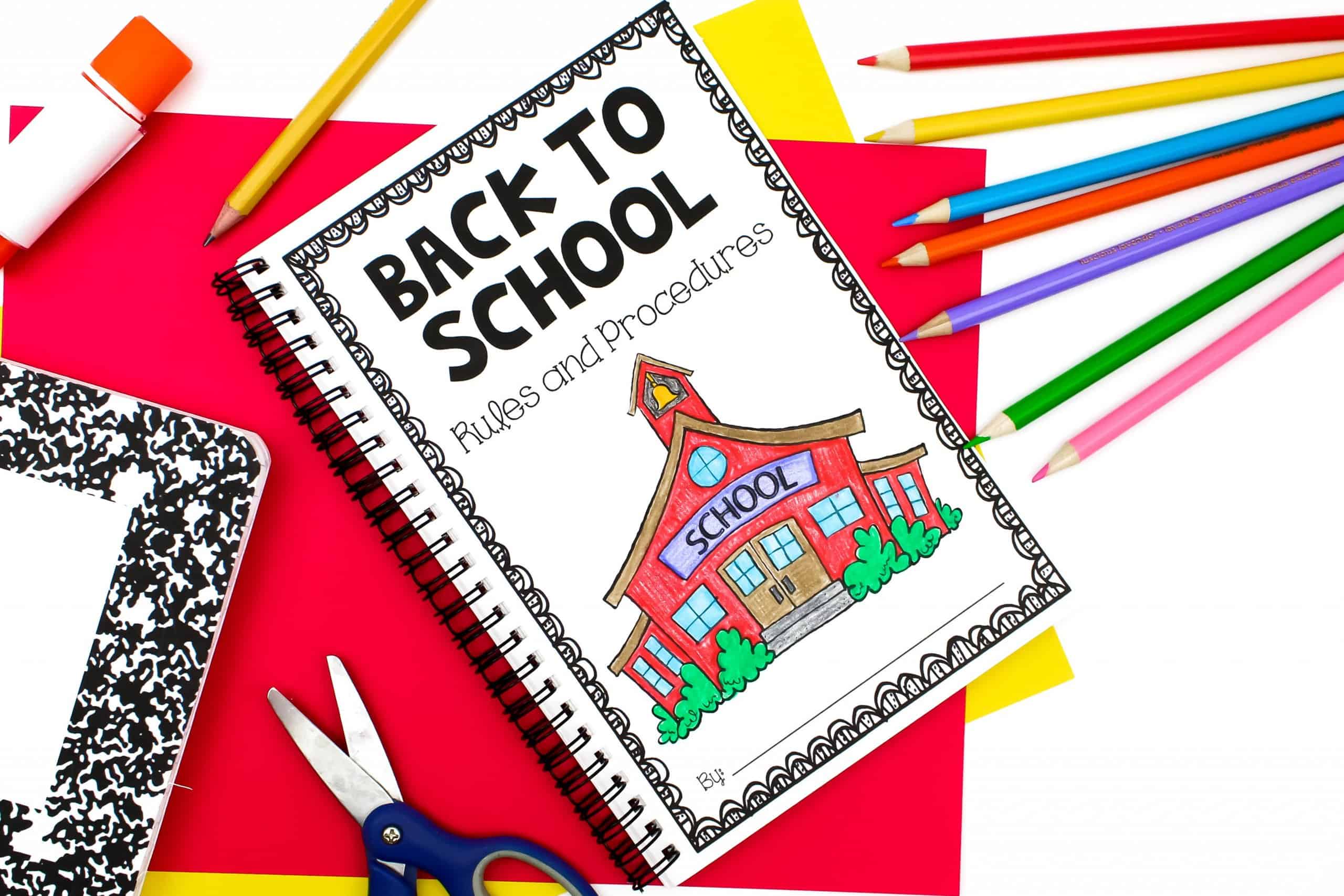
I used my first day of schools procedures PowerPoint and my personal notes to determine what to include in the book. I also decided to make the booklets a bit interactive. This may not be true for everyone, but my students always write so SLOW the first couple weeks of school. It’s incredibly difficult for me to slow myself down when my students are painstakingly forming word after word. I wrote interactive notes on each page, so students can fill in the essential information, and we won’t have to spend ALL DAY on the booklet.
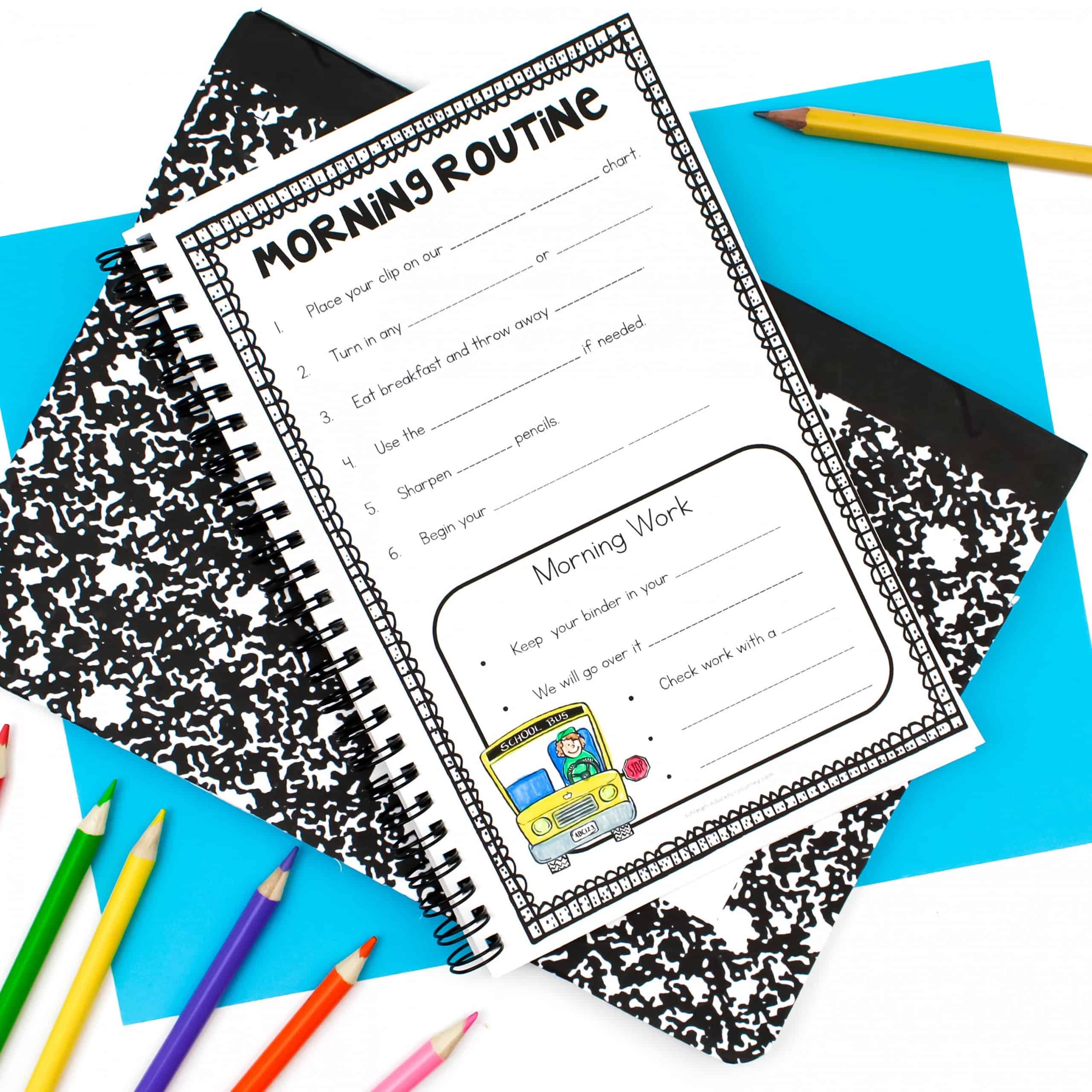
Like most teachers, I have to conserve paper and copies, so I made two pages on one sheet of paper. I’ll just cut them in half and staple, and I’m ready to go!
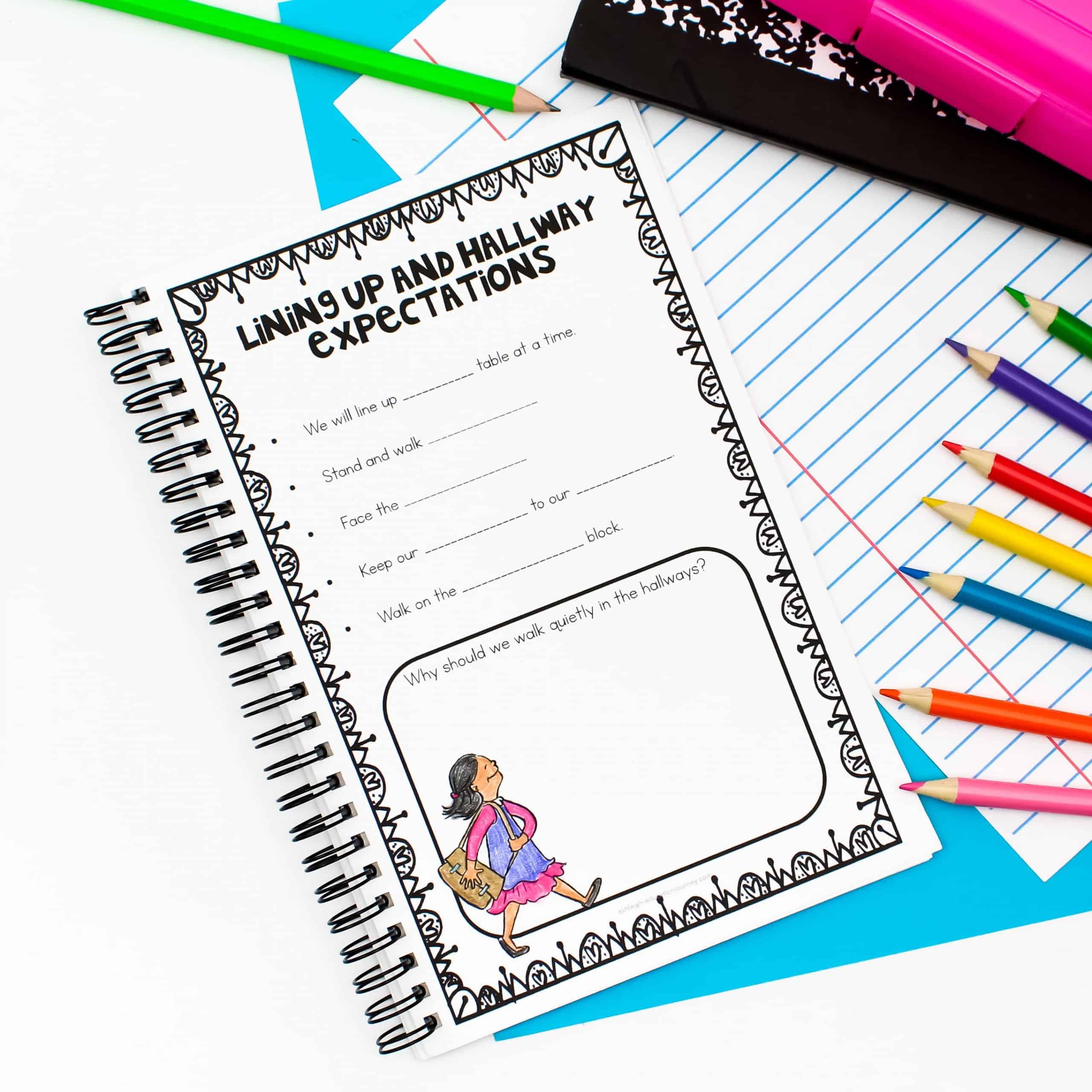
Sometimes, rather than using the procedures booklet, I use my back to school scribble notes. It’s a different format of the same type of content.
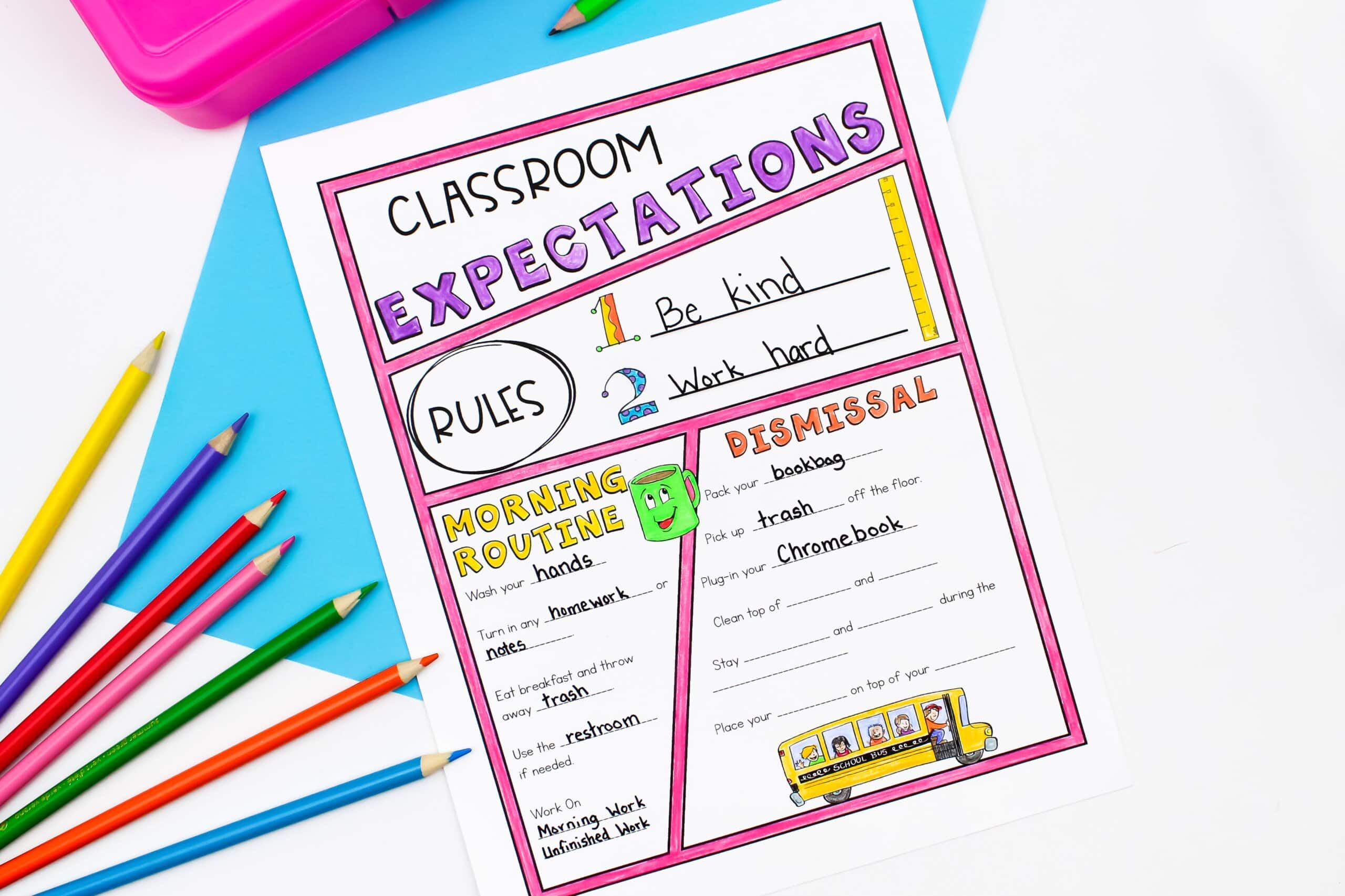
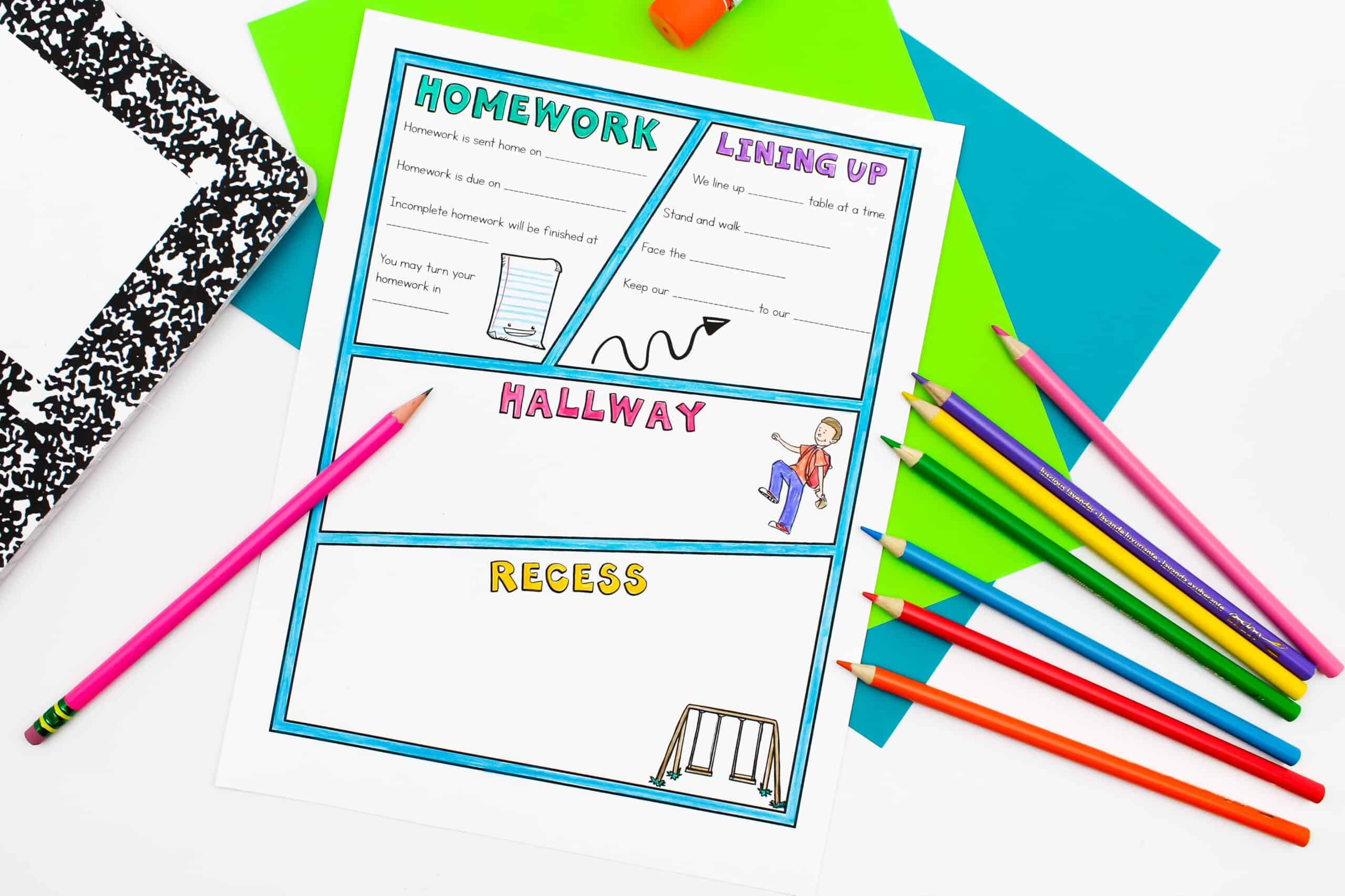
I want to share these, but I’ve had a hard time deciding the best way to do it. I know that we ALL have different expectations and routines. We have to fit into our school’s culture and rules, and adapt things to our own students and schedules, which is why these are all editable. I’ve included the First Day Procedures Booklet and Scribble Notes in the same file as the PowerPoint, so you can choose whichever version works best for you.
Content Specific Procedures
I do not teach content specific routines the first day of school. I like to slowly introduce those through the context of each subject area. In fact, I have a whole blog post on how I introduce math workshop through procedures. You can read that blog post here.
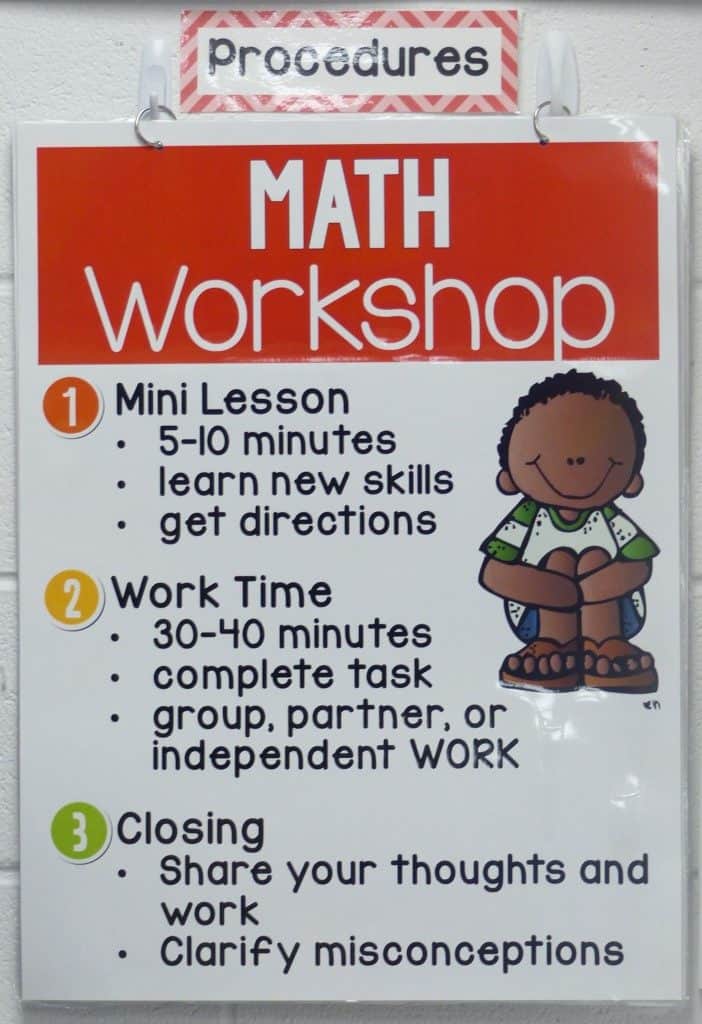
I’ve also included reading workshop routines in my Reading Workshop Unit 1. I used to think that teaching all of these content area routines as explicitly as general classroom routines it was a bit extreme, but it really is necessary. Slowing down those first couple weeks, makes all the difference later in the year. However, it’s definitely best to slowing share and introduce these procedures. You teach too many procedures, too quickly, students can’t internalize and remember each of your routines.
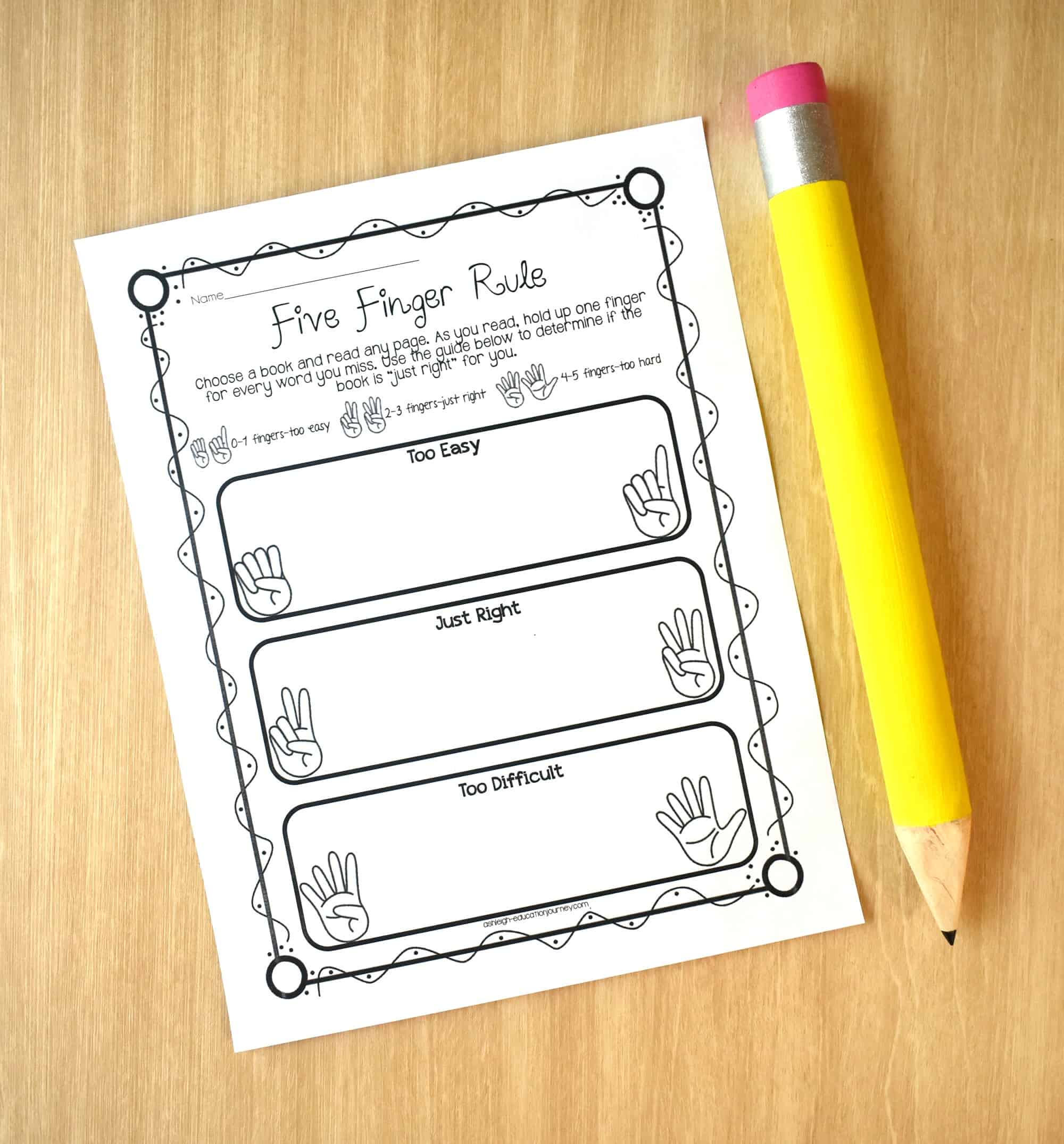
You can visit this post to learn more about reading workshop procedures. I’ve shared the first five days of my reading workshop procedural lessons.
